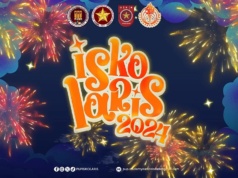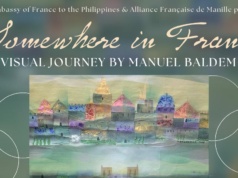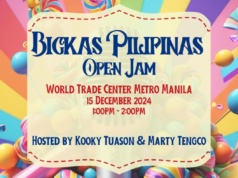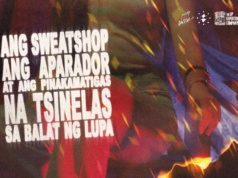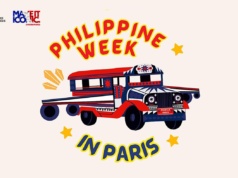Withstanding Disaster and Responsive Design
Zoom Webinar on Architecture
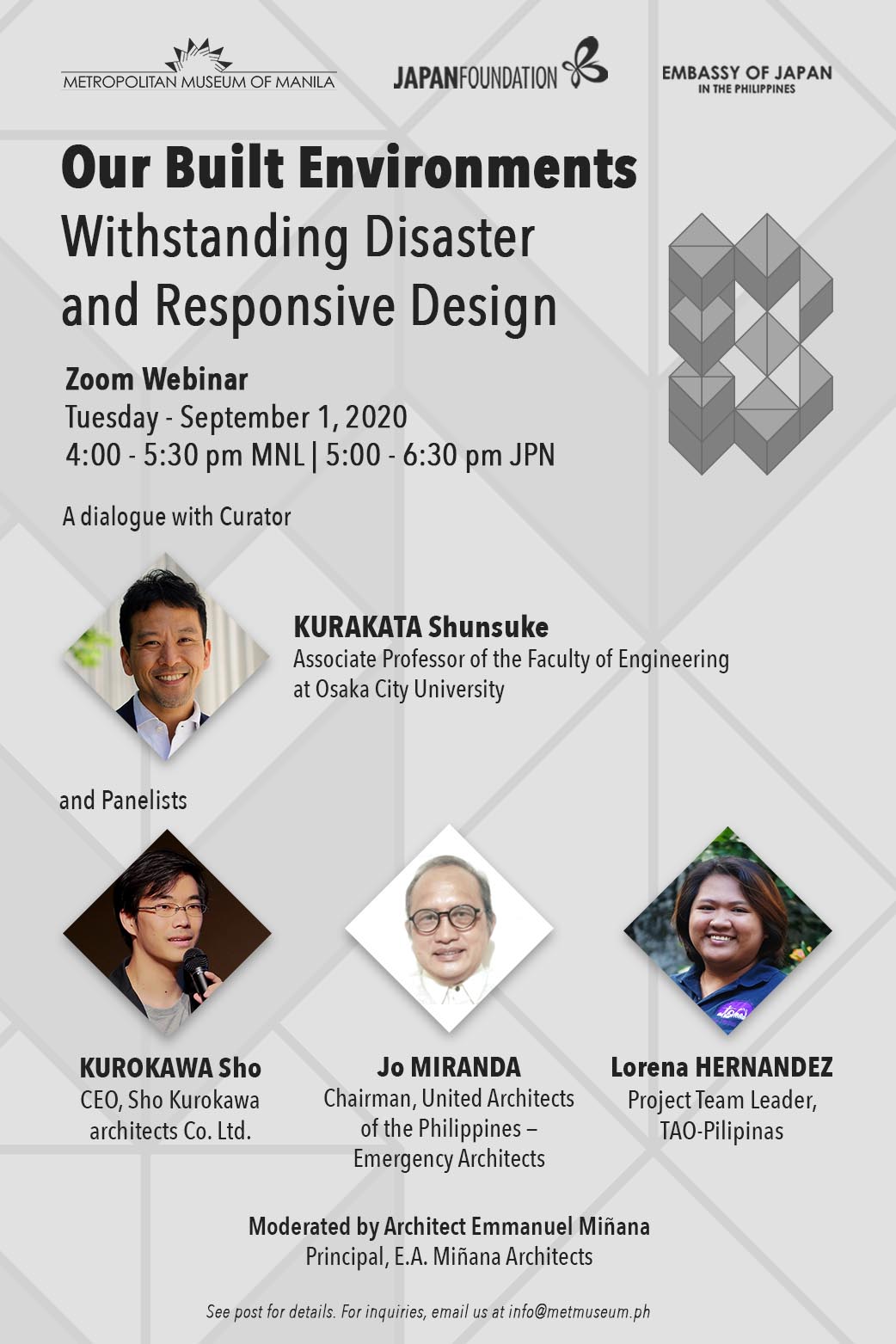
Tuesday, September 1, 2020 | 4 PM – 5:30 PM
The Japan Foundation, Manila
Metropolitan Museum of Manila
Bangko Sentral ng Pilipinas Complex, Roxas Boulevard, 1302 Manila, Philippines
Website Facebook Twitter Instagram YouTube
Join a dialogue with Japanese and Filipino architects and an engineer as they share their projects in disaster-response and post-calamity contexts, and the environmental conditions which factor in their practice. Together with the curator, they will discuss and reflect on the role of architecture and design in the built environment of Japan and the Philippines.
This webinar opens the exhibit, ‘Built Environment: An Alternative Guide to Japan‘ presented by The Japan Foundation, Manila and the Metropolitan Museum of Manila, in cooperation with Embassy of Japan in the Philippines 在フィリピン日本国大使館. An online gallery and a virtual exhibition tour will be launched featuring photographs, text, and videos designed to mirror Japan’s unique archipelagic formation, the exhibition presents a total of 80 buildings, civil-engineering projects, and landscapes from each of Japan’s 47 prefectures, extending from the modern era of the late 19th century to the present.
The webinar will be hosted on Zoom and broadcasted live on Facebook.
This event is FREE and open to everyone so see you then!
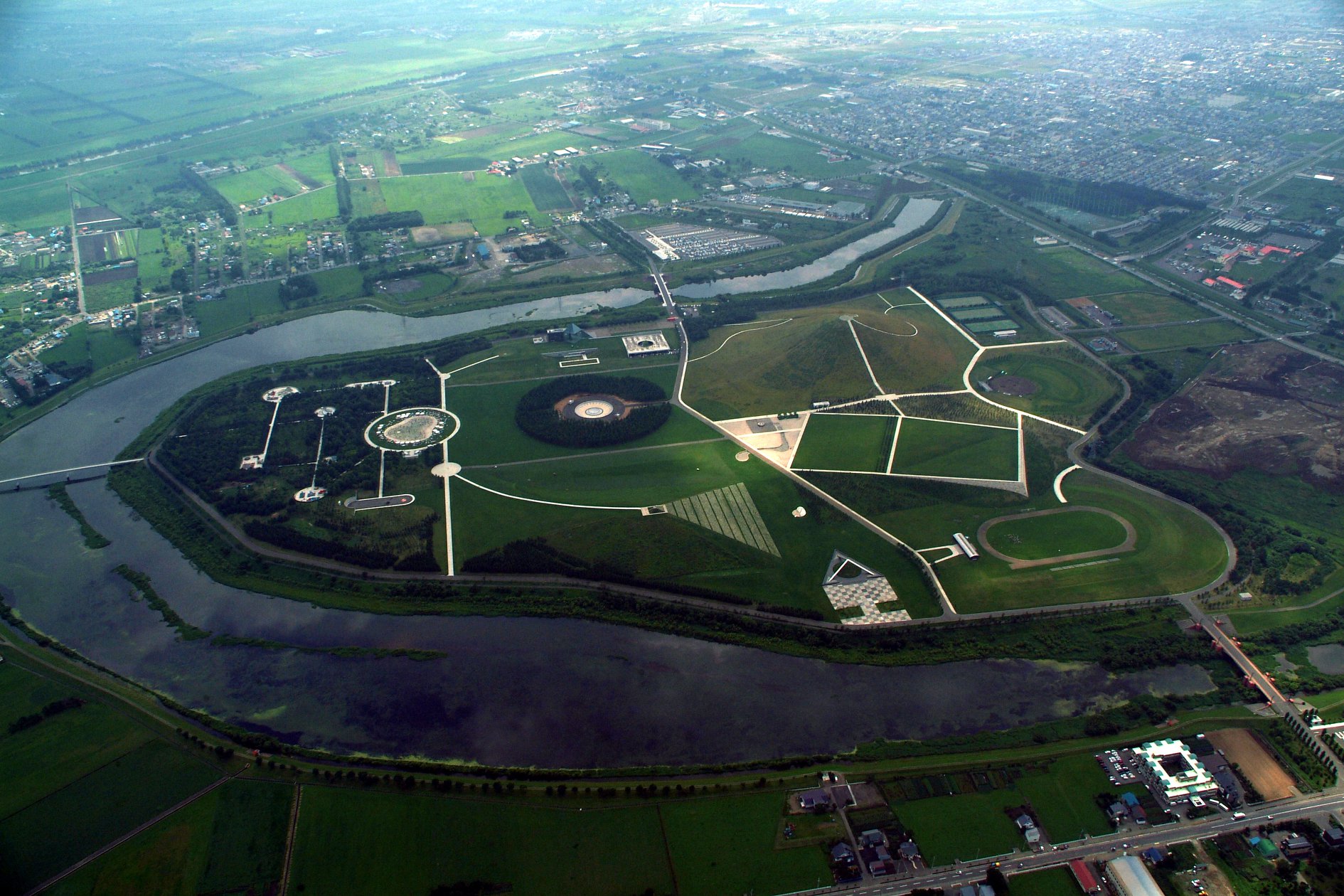
The Metropolitan Museum of Manila is closed to the public until further notice following the announcement of General Community Quarantine in Manila.
SPEAKERS

KURAKATA Shunsuke is Associate Professor in the Faculty of Engineering at Osaka City University since 2011, where he teaches architectural history and theory. His primary research interests center on architectural ideas in modern Japan, including his doctoral dissertation, Study on the architecture and Philosophy of Chuta Ito (1867-1954). He also published numerous books on popular architecture, and is the co-founder of Access Point: Architecture-Tokyo, a cultural resource on architectural education for the public.
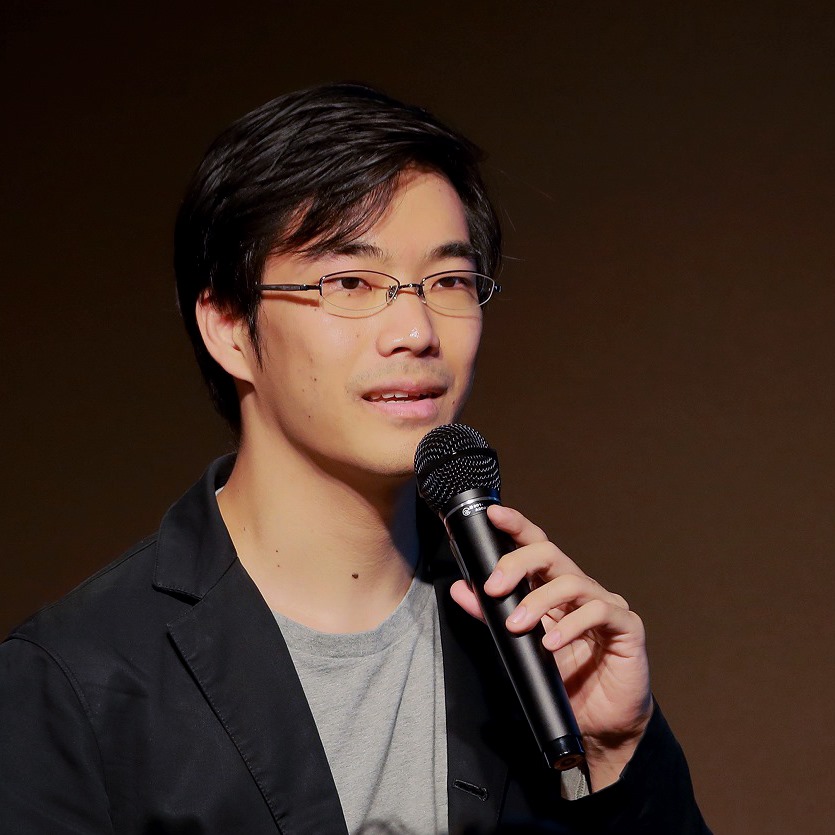
KUROKAWA Sho obtained a master’s degree at the Academy of Architecture in Mendrisio, Switzerland. He founded Sho Kurokawa architects in Tokyo in 2014. Since then, he has been working for various design projects and educational activities in Japan, China, and Switzerland. He is a visiting lecturer in Keio University, and one of the founding members of Japan Swiss Architecture Association – JSAA, a cultural and technological exchange platform established in 2018.
 Jo MIRANDA’s design and build practice in Manila, Mindanao and Central Visayas developed his interest and practical knowledge in the effective use of local and indigenous materials. He has recently taken up the task of heading the Emergency Architects of the Philippines, actively involving in solutions in resilient building and alternative temporary shelters while working with stakeholders towards a better organized disaster risk reduction and management community in the country.
Jo MIRANDA’s design and build practice in Manila, Mindanao and Central Visayas developed his interest and practical knowledge in the effective use of local and indigenous materials. He has recently taken up the task of heading the Emergency Architects of the Philippines, actively involving in solutions in resilient building and alternative temporary shelters while working with stakeholders towards a better organized disaster risk reduction and management community in the country.
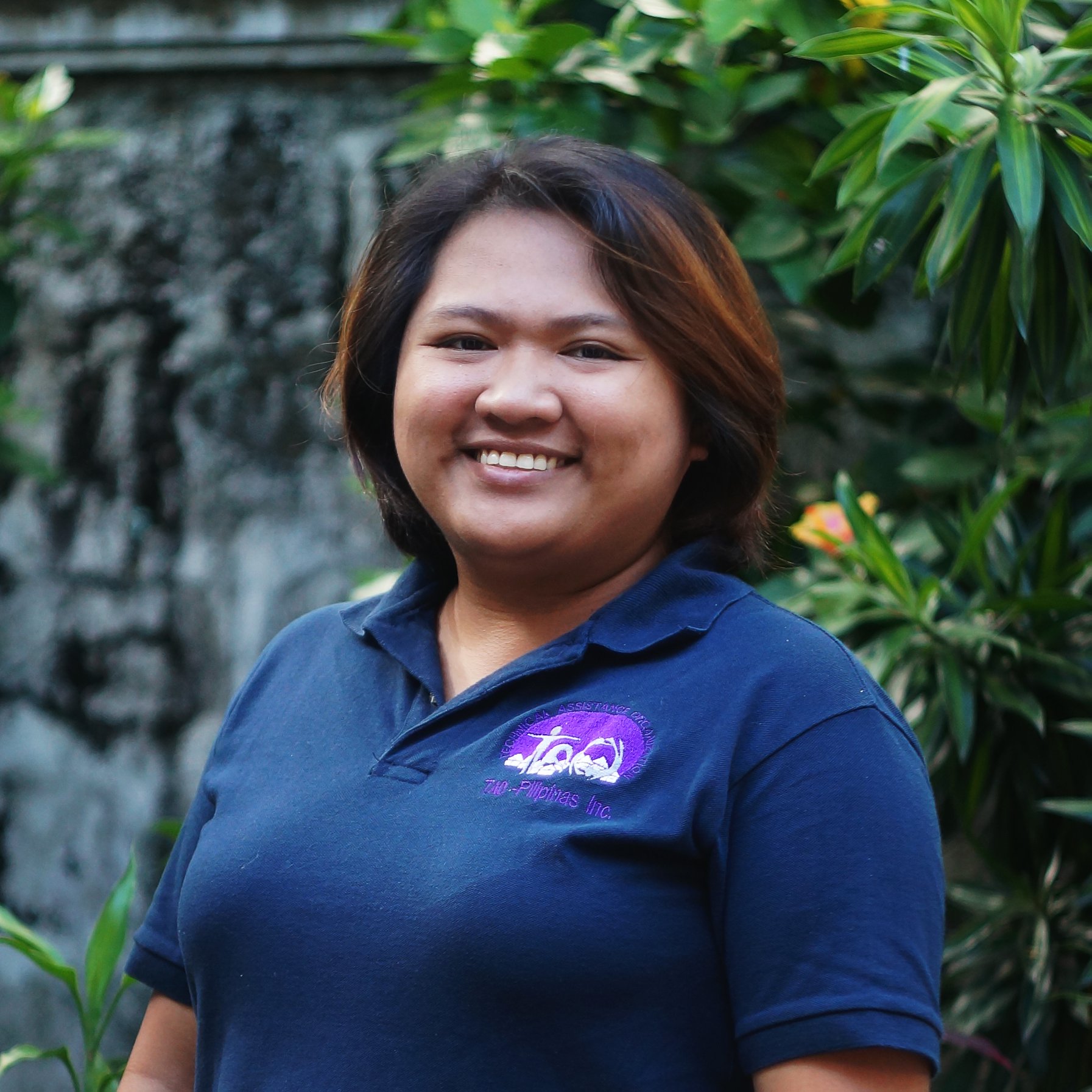
Lorena HERNANDEZ is a licensed civil engineer. In 2015, she started working for TAO-Pilipinas as Human Settlements and Environment program staff where she monitored TAO’s post-Haiyan shelter assistance projects in Guiuan and Salcedo in Eastern Samar. She is now the project team leader for technical assistance to a community partner of TAO, supervising the construction of core houses and leading a project that utilized renewable energy technology in community facilities.
The discussion will be moderated by Architect Emmanuel Miñana (Principal, E.A. Miñana Architects).


